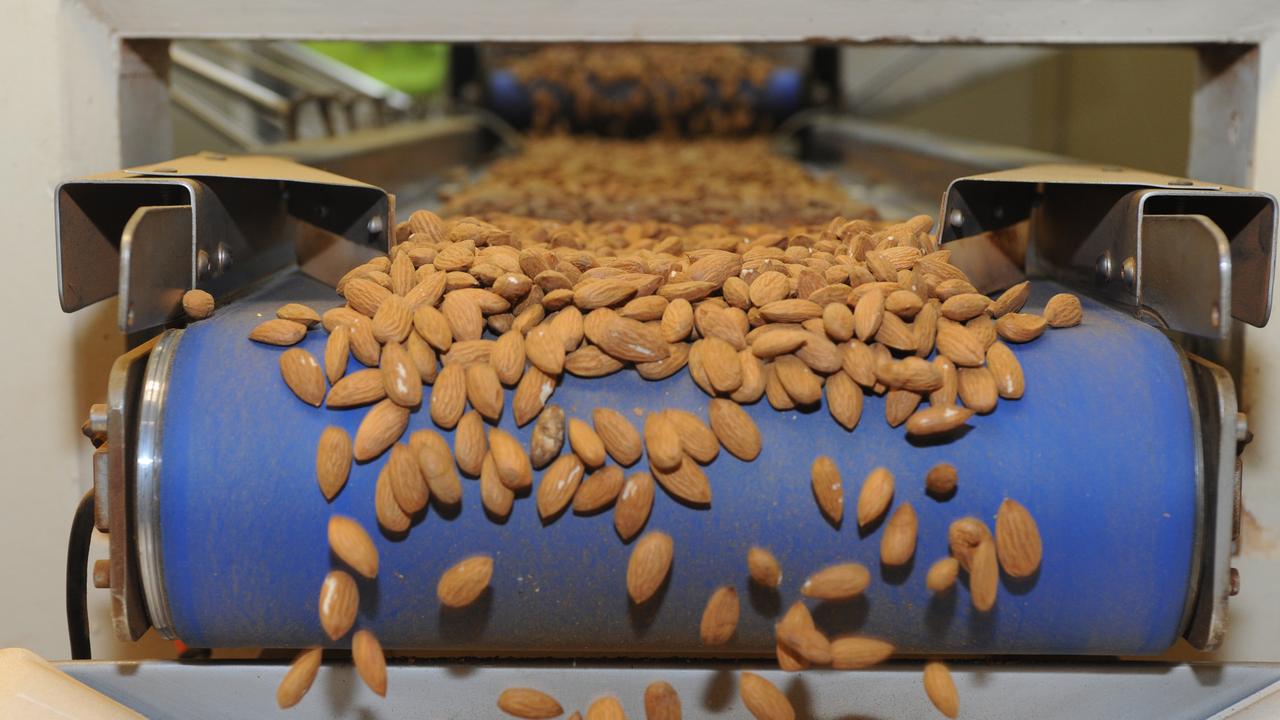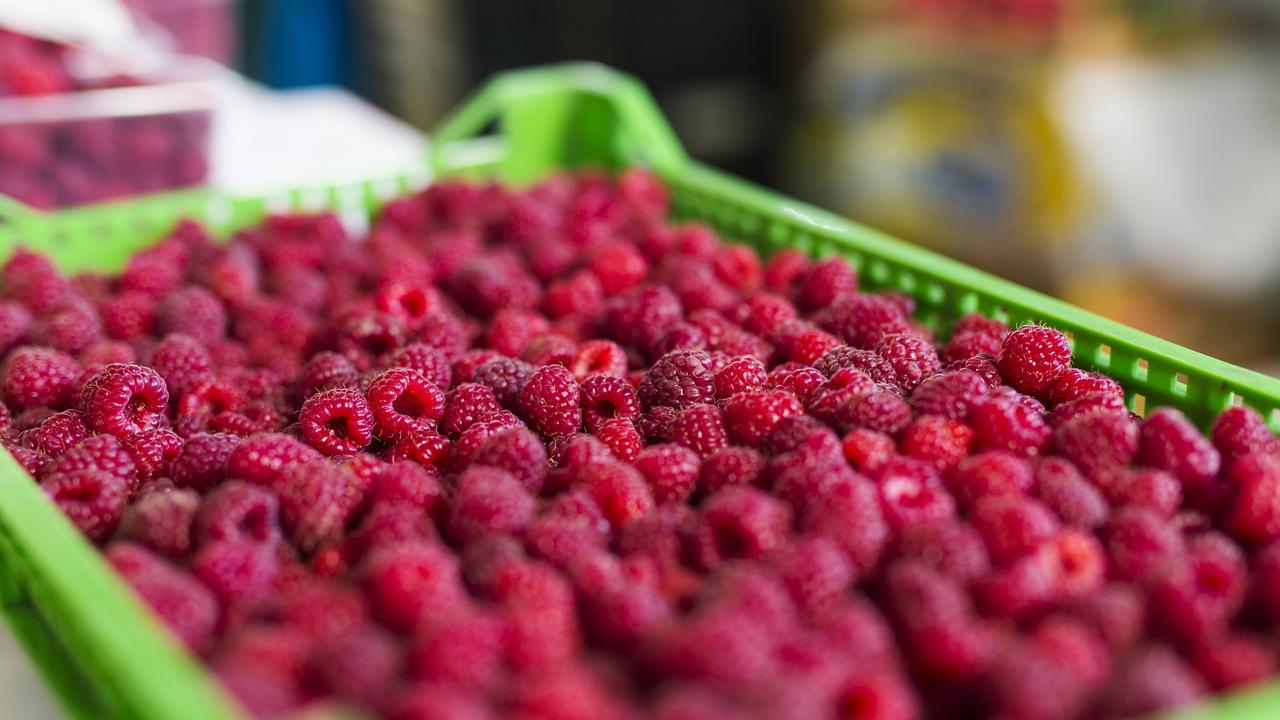Webster to double irrigation area of Kooba properties in Riverina
WALNUT, cotton and livestock producer Webster Limited plans to ramp up development of the Kooba properties in the Riverina it bought from a company associated with the Mormon church in 2014.

WALNUT, cotton and livestock producer Webster Limited plans to ramp up development of the Kooba properties in the Riverina it bought from a company associated with the Mormon church in 2014.
Webster executive chairman Chris Corrigan said the company planned to double the irrigated cropping area for annual crops.
“Our Kooba aggregation has been surveyed and we have a plant that will double our irrigated area footprint over the next three years through the conversion of previously water inefficient rice and pasture land into more productive row crop land,” he said today at the Webster annual general meeting.
“That development program is under way and will continue at an optimum rate.”
The AGM in Sydney was told Webster recorded a pre-tax operating profit of $14.9 million from revenue of $128.4 million for 2015-16.
But after accounting for a $96.5 million writedown in goodwill resulting from the acquisition of sheep and cropping agribusinesses Tandou Limited and Bengerang Limited, the company posted a net loss after tax of $80.7 million.
Webster has extensive agricultural interests in NSW, Tasmania and Queensland.
Its holdings of 200,000 hectares includes 3000ha of managed or owned walnut orchards and 35,000ha planted to irrigated crops.
Webster produces 90 per cent of Australia’s walnuts and has the capacity to produce 200,000 bales of cotton.
The financial results included the first full year of reporting after acquiring Tandou, Bengerang and the Kooba group of properties of AgReserve Australia, a company associated with the Church of Jesus Christ of Latter-day Saints.
Mr Corrigan said walnut production was 20 per cent lower in 2015-16 due to abnormally hot weather in the Riverina affecting tree pollination last season.
The company’s results were also affected by dryer than normal conditions in NSW and Queensland reducing the area planted to annual crops.


